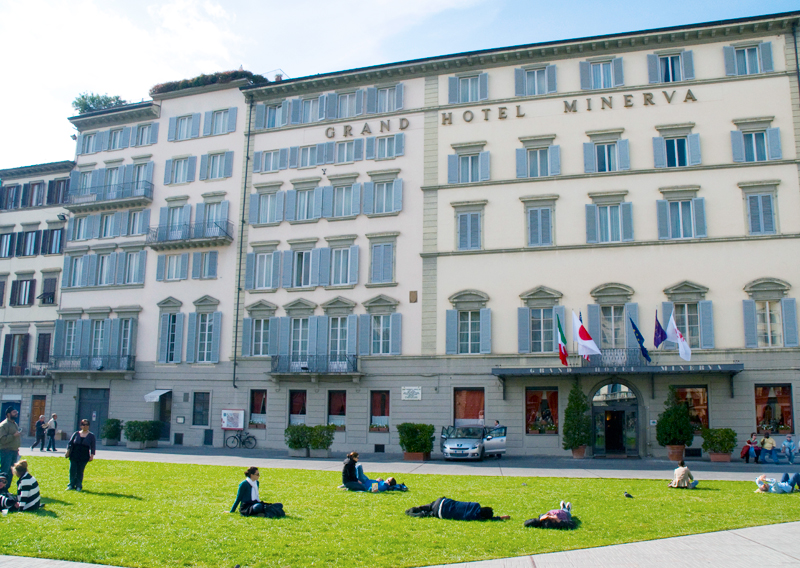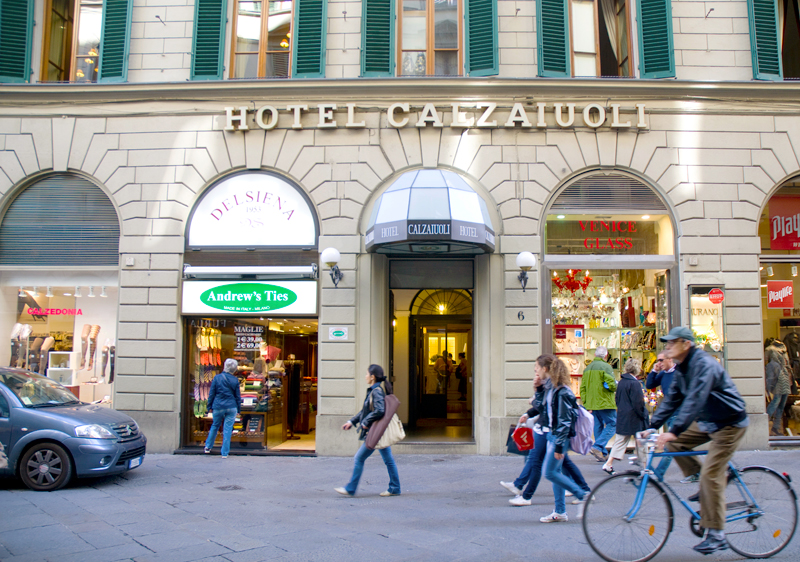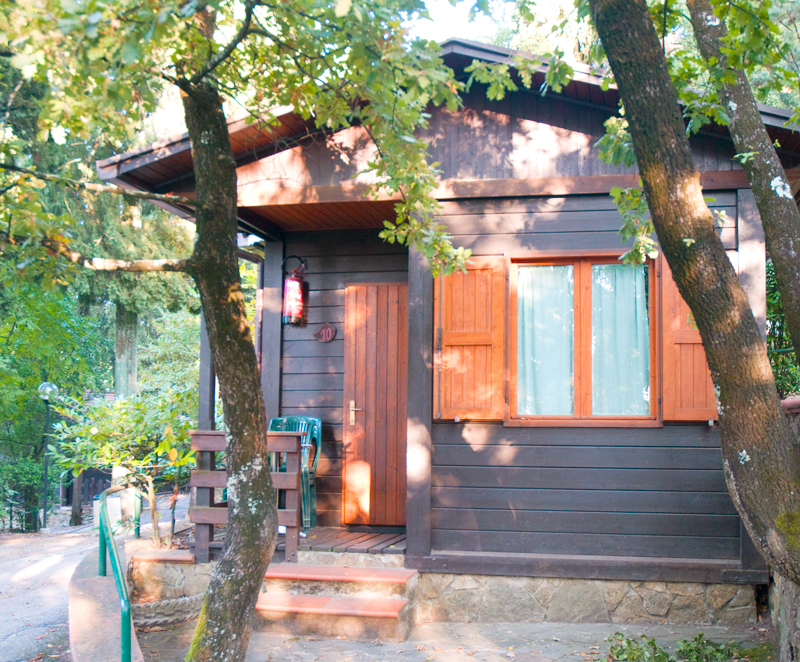< Exploring Florence and Central Italy
Florence

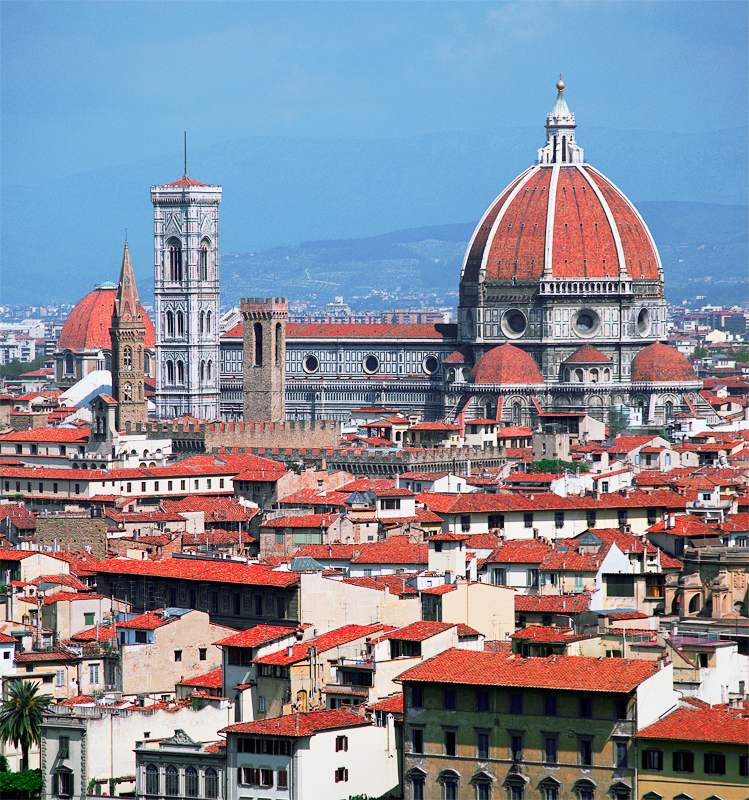
Florence as an Art City
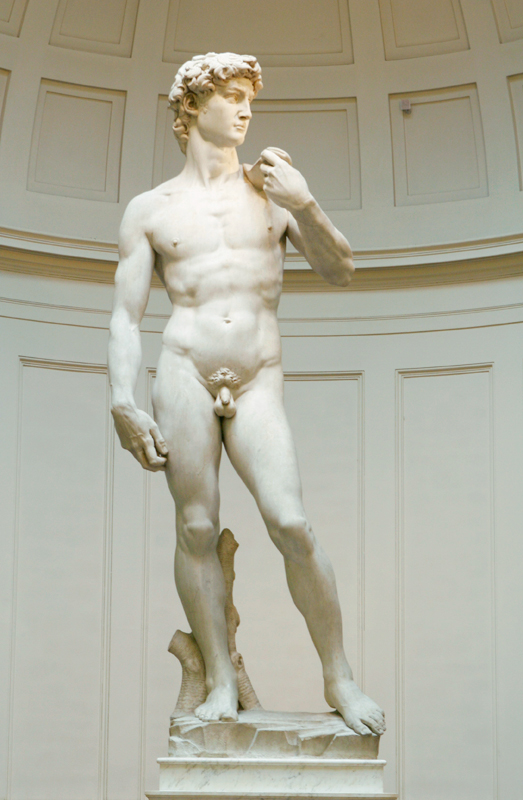
Bargello
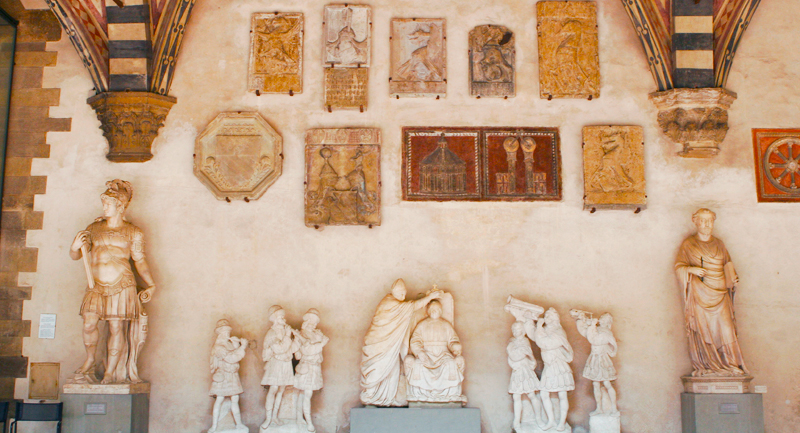
Cappella Brancacci
Michelangelo
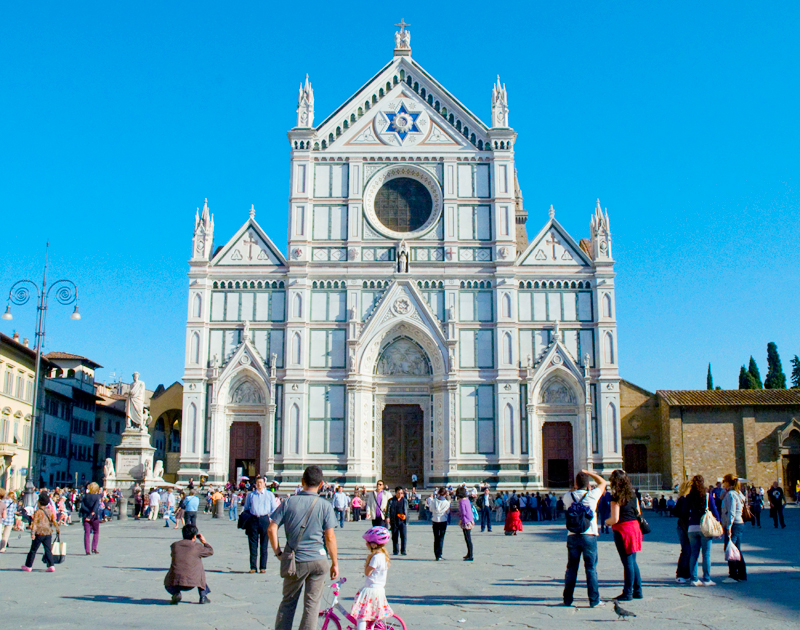
Palaces
San Marco
Santa Croce
Santa Maria Novella
The Uffizi
< Florence
Duomo, Baptistry and Around

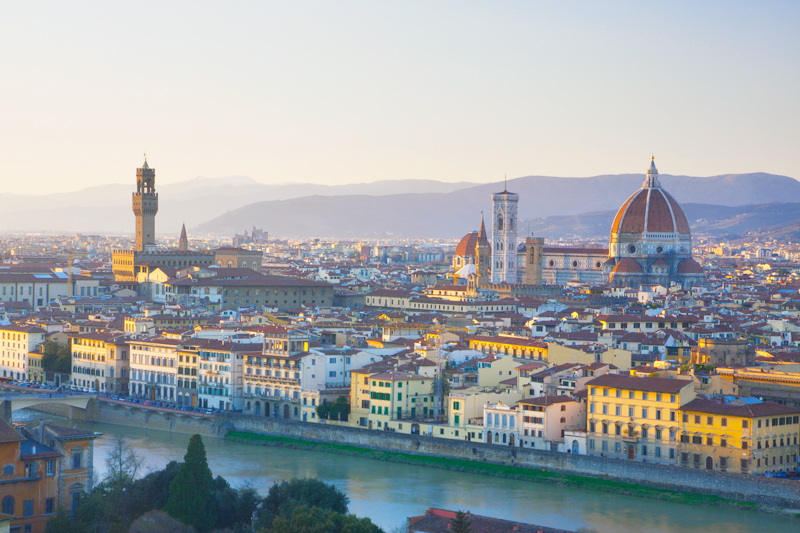
< Florence
1. Duomo and Baptistry
The patterned cathedral with the giant dome
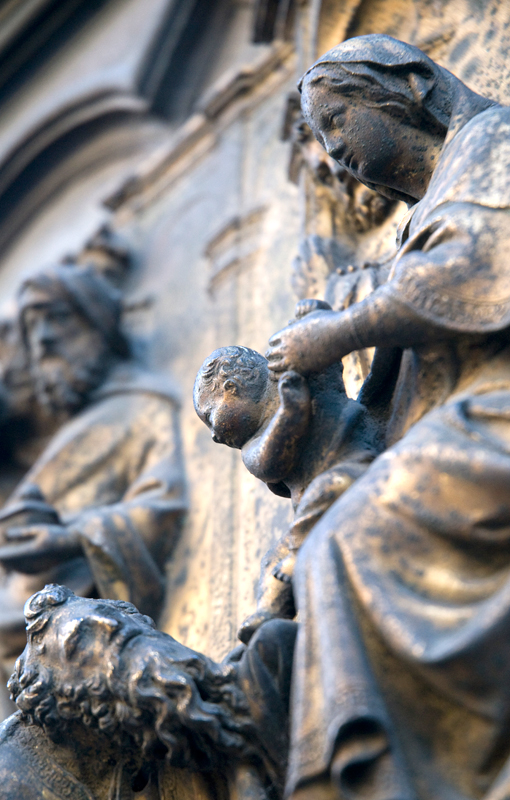
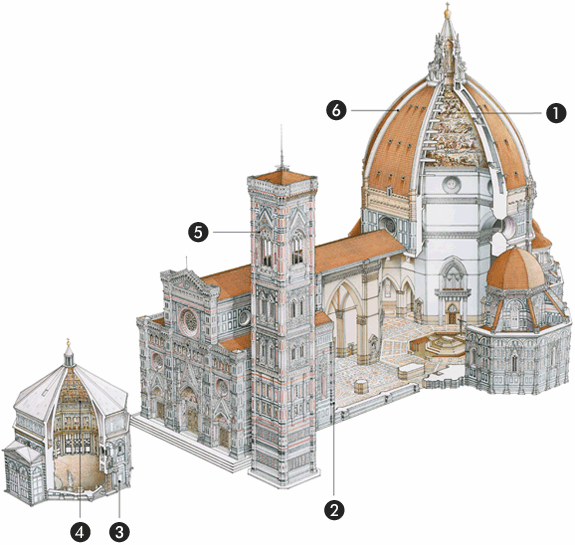
Key Features
1. Cupola interior Frescoes of the Last Judgment by Vasari.
2. Entrance to crypt
3. South doors
4. Baptistry ceiling Dazzling 13th-century gold mosaics illustrating the Last Judgment cover the ceiling.
5. Campanile The bell tower (1339) has terracotta panels by Andrea Pisano depicting Bible scenes.
6. The dome Brunelleschi built the impressive cathedral dome (1418–36), at the time the biggest in the world, without scaffolding.
• Crypt The crypt hides the remains of the original 4th-century church of Santa Reparata.
• Portrait of Dante On the Duomo’s north wall, this picture of the poet Dante Alighieri (1265–1321) by Domenico di Michelino shows iconic buildings of mid-15th century Florence. Can you spot the Duomo?
• East doors, Baptistry In 1401, Lorenzo Ghiberti won a competition to design the north Baptistry doors. In 1425–52 he designed the east doors; Michelangelo called them the “Gates of Paradise”.
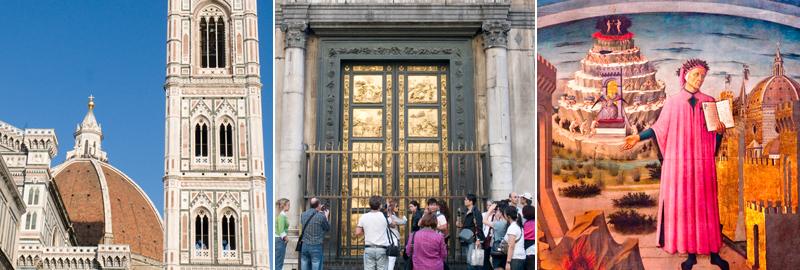
Kids’ Corner
Duomo Q&A
-
What stone was used for the Duomo’s pink, white and green patterned exterior?
-
How was it decided who would design the bronze doors of the Baptistry?
-
What did Michelangelo call Ghiberti’s second set of doors?
-
How many steps are there to the top of the Campanile, next to the Duomo?
Big domes
Bean counters in the Baptistry
Ingenious solution
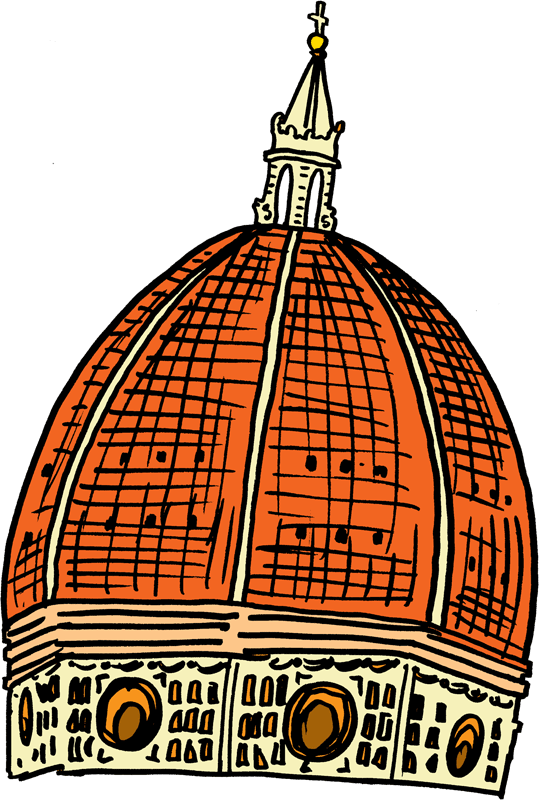
< Florence
2. Santa Maria Novella
Putting art in perspective

Kids’ Corner
Do you know…
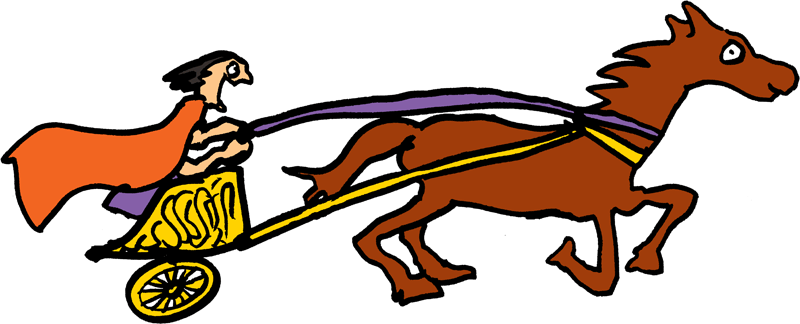
< Florence
3. San Lorenzo
Bankers’ mausoleum
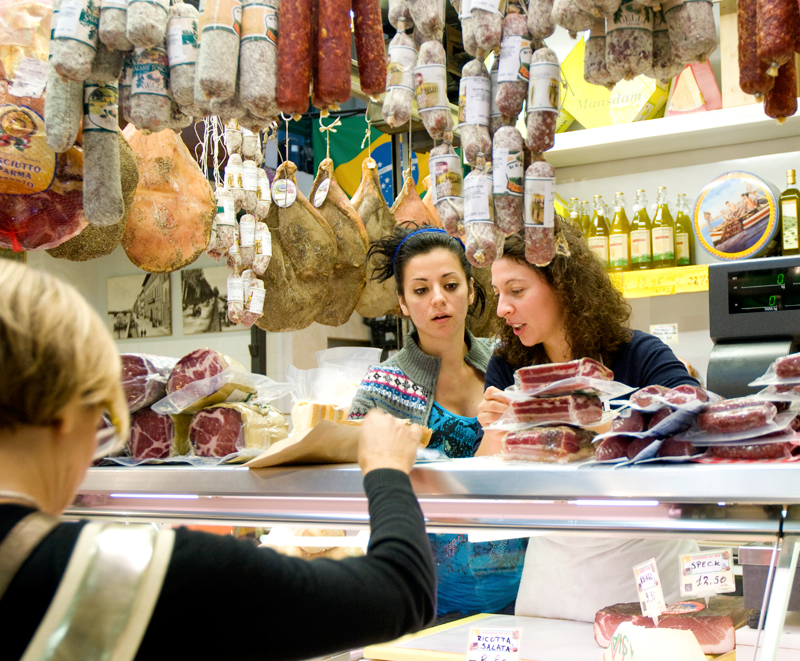
< Florence
4. Accademia
Dazzling David

Kids’ Corner
Gigantic David

< Florence
The Uffizi and Around
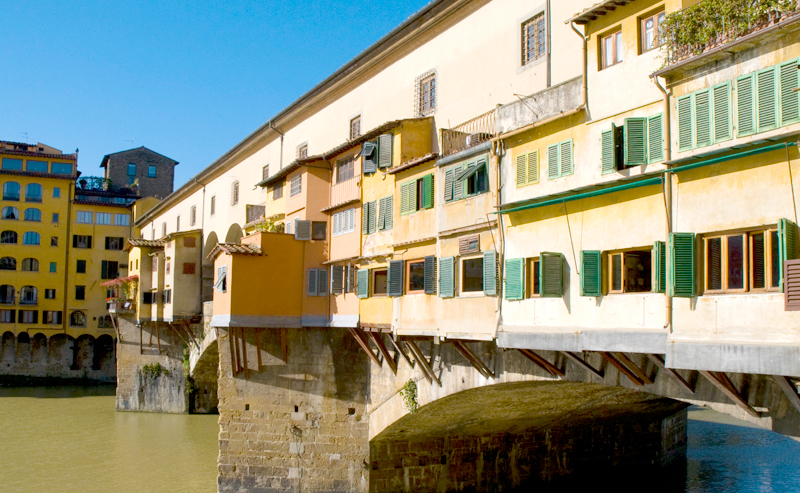

< Florence
1. The Uffizi
Incredible artists and the wings of angels

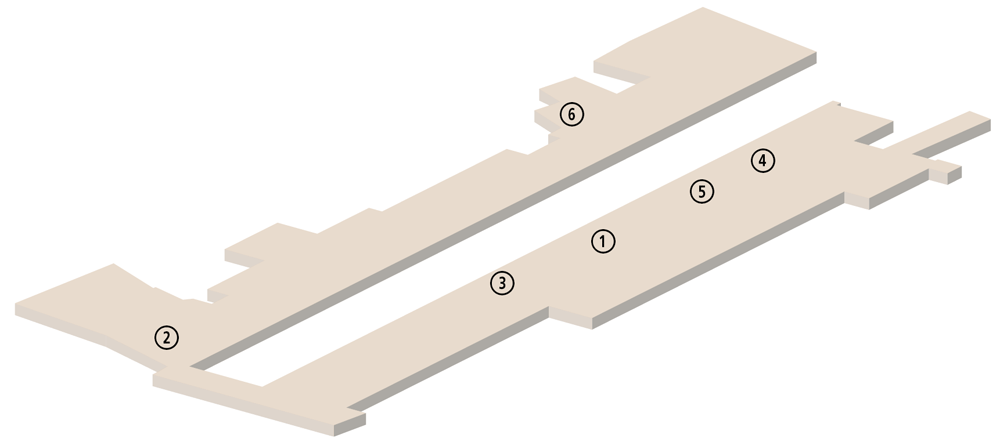
Gallery Highlights
1. Primavera is Italian for “spring” and this painting (c.1482) by Sandro Botticelli celebrates the season. The blue figure on the right is Zephyrus, god of the west wind.
2. The Holy Family (1505–1506) Perhaps Michelangelo was a bit bored with all those paintings showing Jesus on the Virgin’s lap. Here, Mary reaches over her shoulder to cuddle her baby.
3. The Annunciation Leonardo da Vinci painted this image of the angel Gabriel appearing to Mary in 1472–5, when he was only about 20. The angel’s wings were based on drawings of birds’ wings.
4. Ognissanti Madonna This precious altarpiece was painted by Giotto in 1310. See how the halos and the background glow with real gold leaf, and how the artist has conveyed spatial depth.
5. The Duke and Duchess of Urbino (1460–72) This portrait of Federico da Montefeltro and Battista Sforza by Piero della Francesca shows the duke’s hooked nose in a realistic way.
6. Rembrandt’s self-portraits There are two self-portraits by famous Dutch artist Rembrandt. One (1639) shows him as a confident young man, the other (1669) as a rather tired old man.

Kids’ Corner
Try your hand…
-
Botticelli’s famous picture celebrates the spring. Why not pick another time of year and draw or paint it as you like?
-
Rembrandt drew and painted himself throughout his life. Draw your own self-portrait. Do you need a mirror? Or can you draw yourself from memory?
-
Leonardo liked to draw from life, which means he painted things that were in front of him. Look for interesting details to draw – fruit on a market stall, a flower in a vase or a lamp in the room you are staying in.
-
 Piero della Francesca’s portraits are very realistic. He didn’t try to make people prettier than they really were. Paint a realistic portrait of someone you know!
Piero della Francesca’s portraits are very realistic. He didn’t try to make people prettier than they really were. Paint a realistic portrait of someone you know!
Bonfire of the vanities
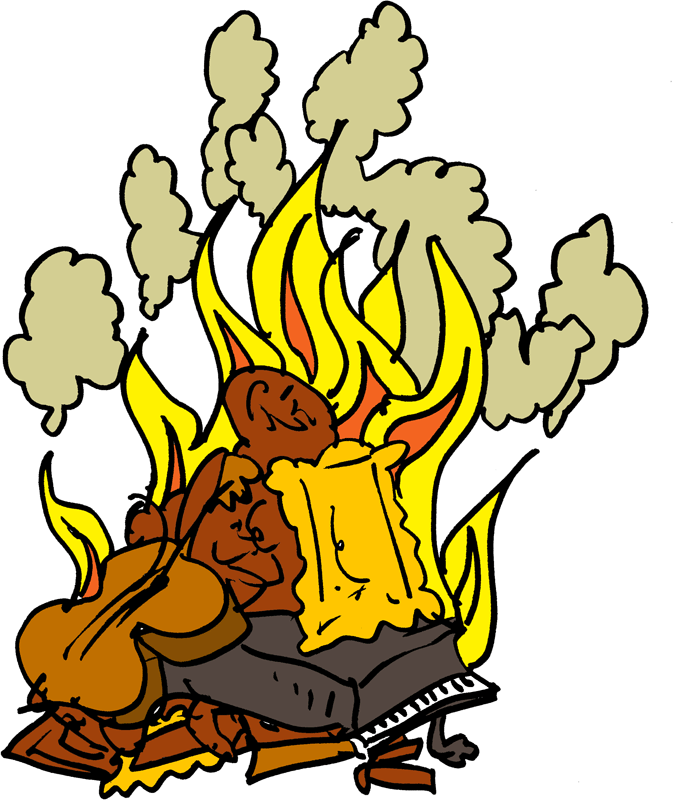
Michelangelo versus Leonardo

< Florence
2. Orsanmichele
Statues by star sculptors
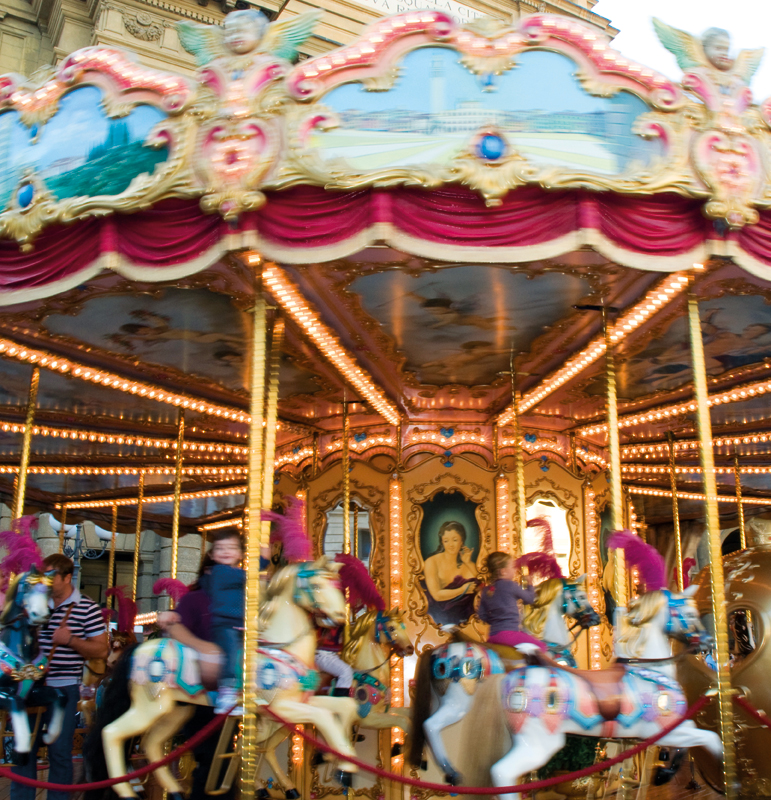
Kids’ Corner
Test your knowledge
Florentine flood
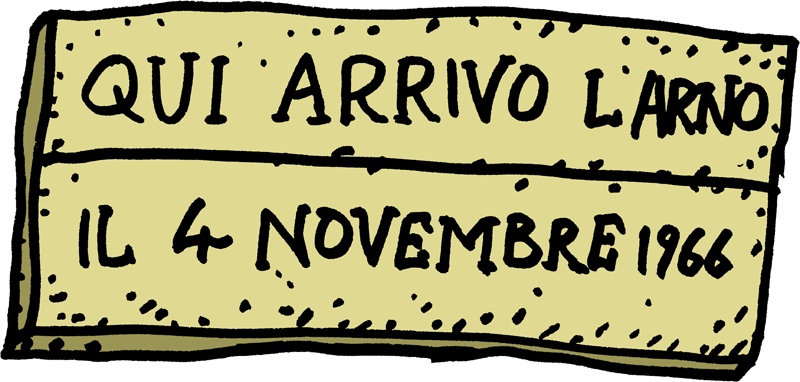
< Florence
3. Museo Galileo
Celestial fun for everyone
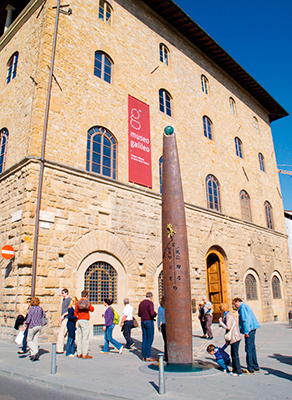
< Florence
4. Ponte Vecchio
Jewels on the bridge
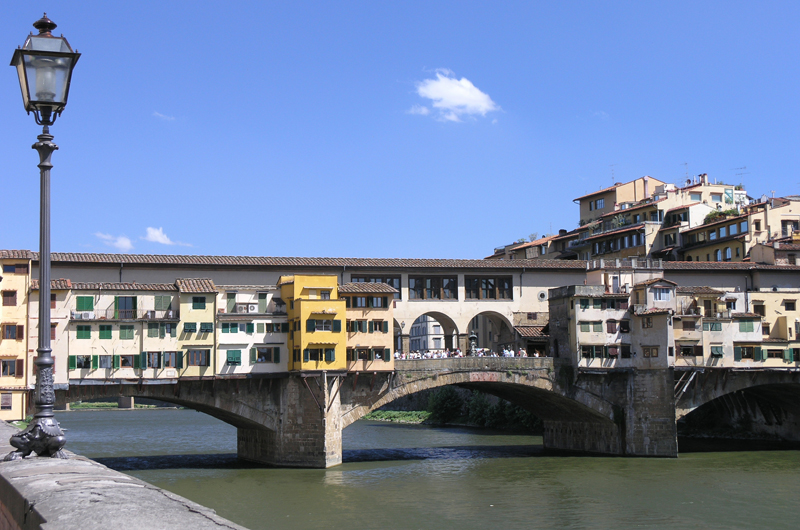
Kids’ Corner
Test your knowledge
Survival of the bridge
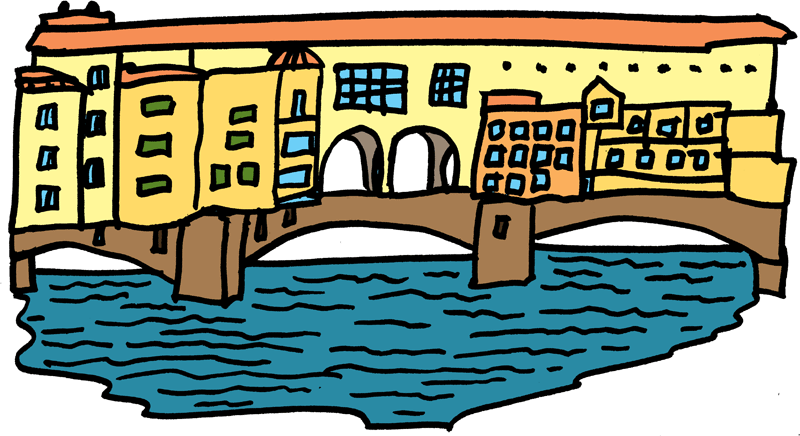
< Florence
5. Palazzo Vecchio
Frescoes at the town hall

< Florence
Boboli Gardens and Around
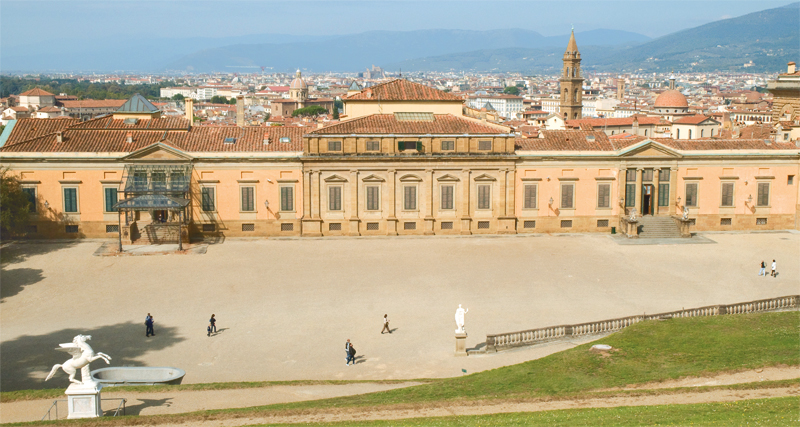

< Florence
1. Boboli Gardens
Florentine fountains and a pretend cave
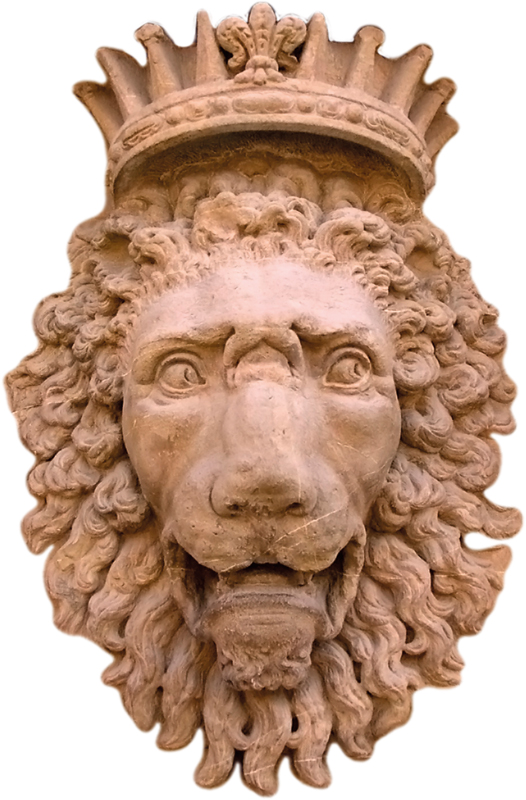
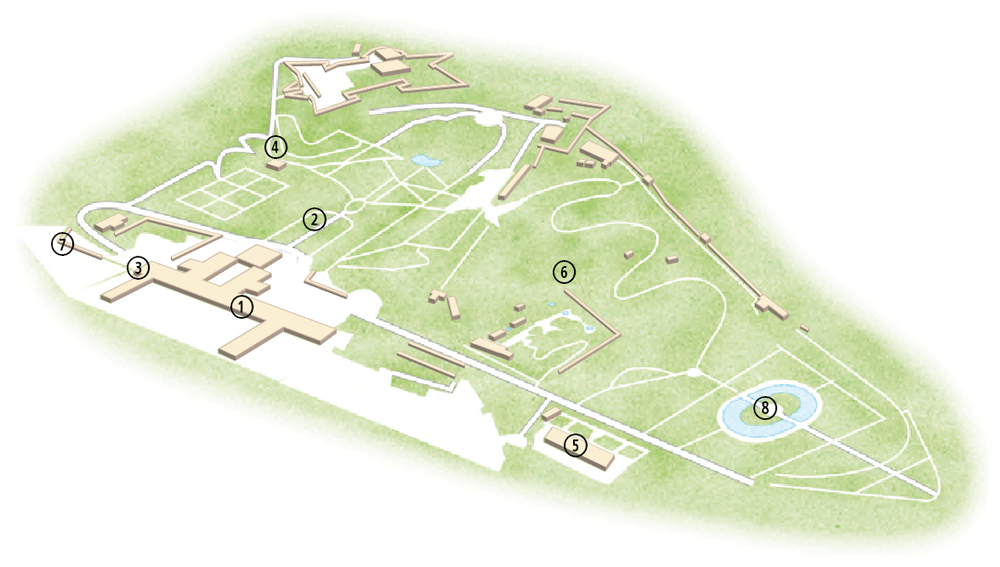
Key Sights
1. Palazzo Pitti The huge palace was built by banker Luca Pitti in 1457, but within 100 years it was acquired by the rival Medici family.
2. Amphitheatre The first ever opera performances were staged here at the wedding of Marie de’ Medici to Henri IV of France in 1600.
3. Bacchus Fountain The fat fellow astride a turtle was modelled on a real person – a 16th-century court dwarf – but represents Bacchus, the Roman god of wine.
4. Kaffeehaus In summer, have a drink and enjoy the city views from this coffee house set in a pretty Rococo pavilion.
5. Orangery A grand glasshouse built to protect rare plants from the cold and wind.
6. Viottolone This sloping avenue of cypress trees was planted in 1612, and is lined with statues, some of them of ancient Roman origin.
7. La Grotta Grande Dripping with fake stalactites and crammed with sculptures, including Venus Bathing by Giambologna, these caves were built in the 16th century.
8. Isolotto The “little island” in the gardens’ Vasca dell’Isola (Island Pool) features tumbling plants and a tall statue of Neptune, god of the sea.

Kids’ Corner
Find out more…
-
Which family lived in the enormous Palazzo Pitti?
-
What kind of music was performed in the Boboli Gardens amphitheatre?
-
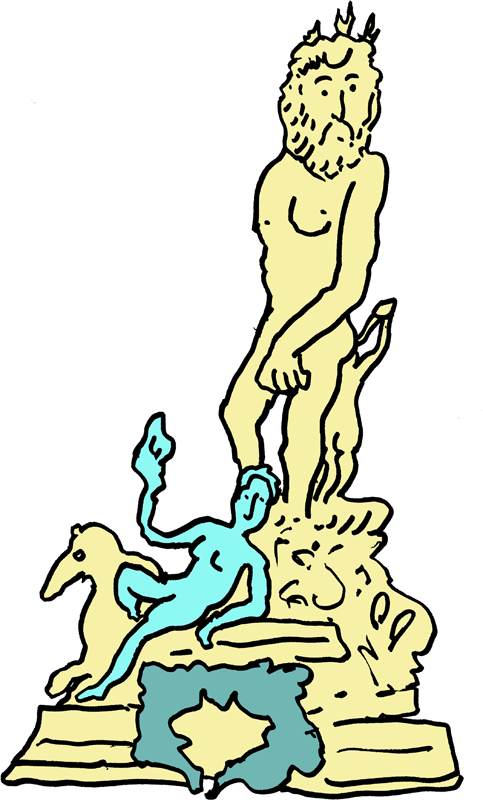 Whose statue is in the middle of the Isolotto?
Whose statue is in the middle of the Isolotto? -
Lots of long-established trades are carried out in the area around the gardens. What kinds of craft shops can you see here?
Florentine Florins

Wedding party

< Florence
2. Palazzo Pitti
Museums full of Medici hoards

Kids’ Corner
Look out for…

Warning bells
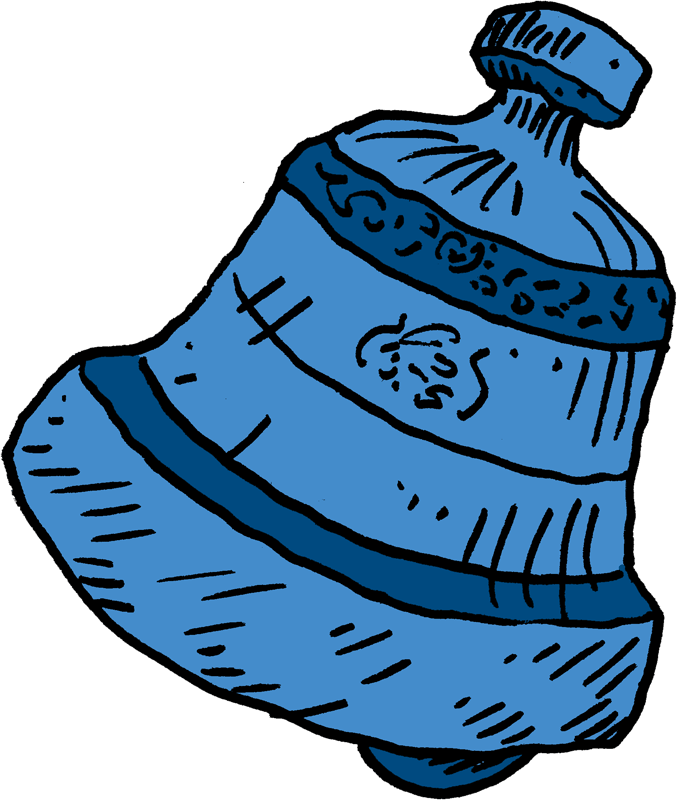
Secret corridor

< Florence
3. Cappella Brancacci
Big and little Thomas
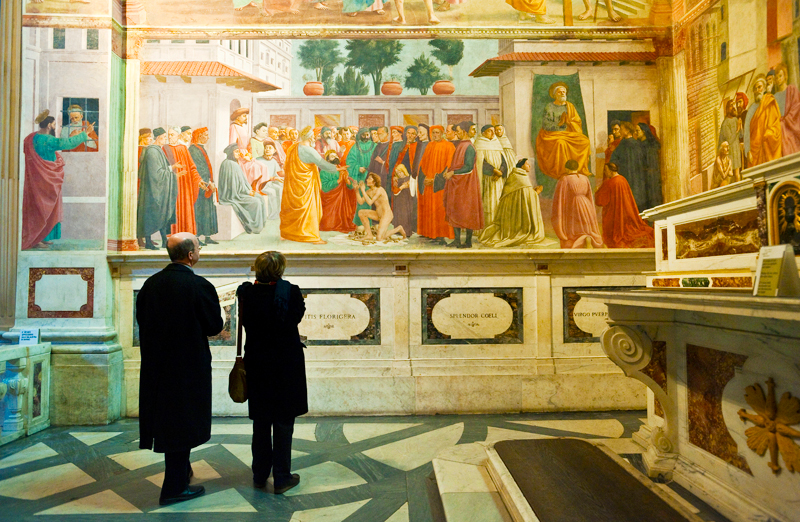
Kids’ Corner
Look out for…
< Florence
4. Santo Spirito
Splendid church

Kids’ Corner
Look out for…
Where to Stay in Florence
Price Guide
€: Under €200; €€: €200–350; €€€: over €350

